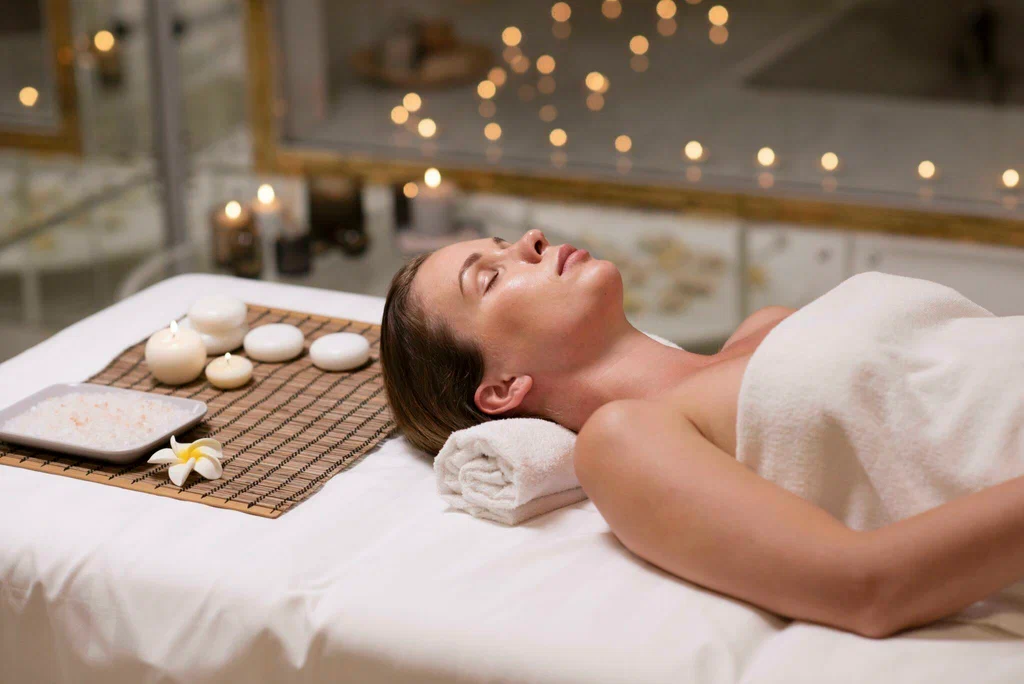
How Spa Experiences Support Hormone Balance and Burnout Recovery
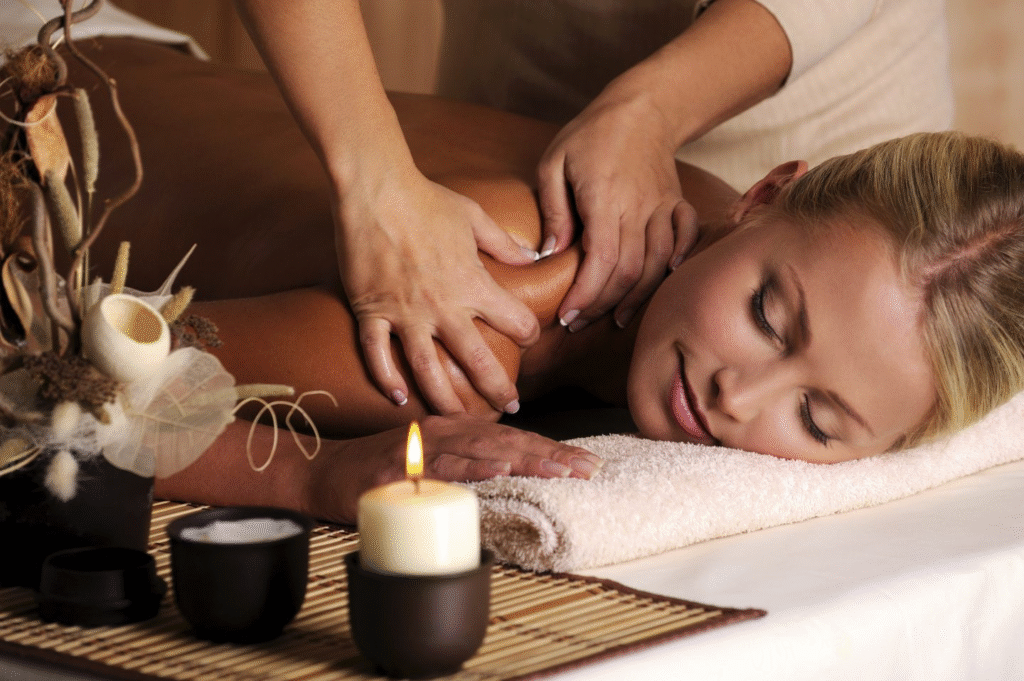
Spa stress therapy for hormone balance has become essential in today’s fast-paced world. With chronic burnout affecting millions, hormone imbalance, high cortisol, and emotional exhaustion are common consequences. Spa experiences now go beyond relaxation and offer natural ways to heal the body, reset stress responses, and restore energy.
Understanding the Link Between Stress, Hormones, and Burnout
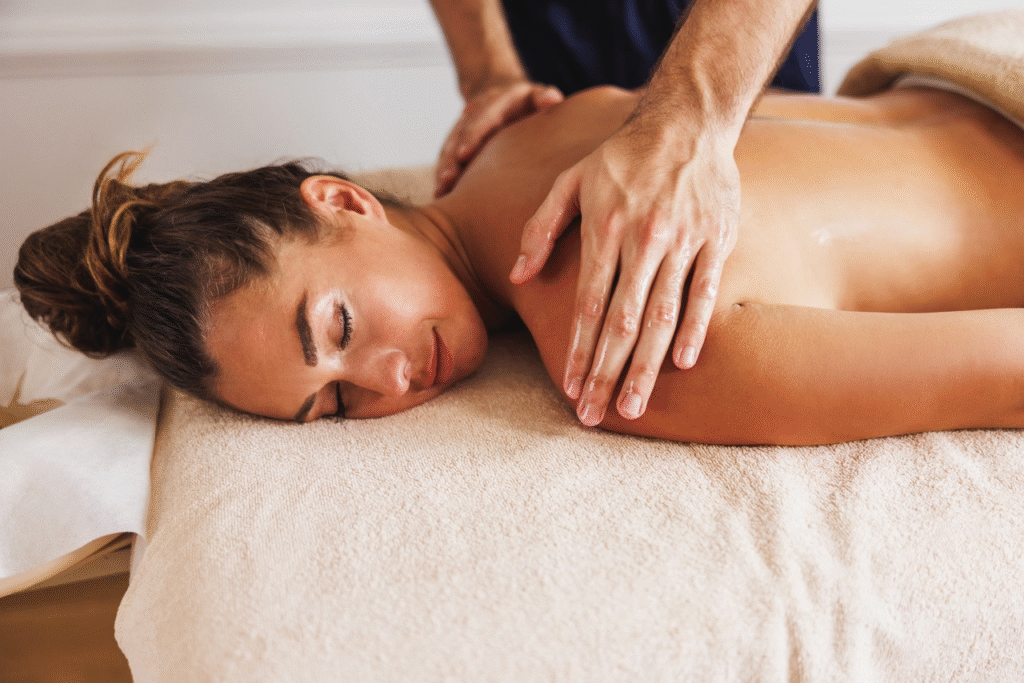
Before diving into spa solutions, it’s important to understand what happens in the body during burnout. When under constant stress, the adrenal glands release high levels of cortisol—the body’s main stress hormone. Cortisol helps manage energy, but if it remains elevated for too long, it disrupts sleep, immunity, digestion, and hormonal equilibrium.
Over time, this leads to adrenal fatigue and a cascade of hormonal imbalances. Serotonin, dopamine, and melatonin levels drop, affecting mood and sleep cycles. The thyroid gland may slow down, metabolism decreases, and energy levels plummet.
That’s where spa stress therapy becomes transformative. Through massage, aromatherapy, hydrotherapy, and relaxation rituals, spas provide an environment that actively lowers stress hormones and promotes the production of serotonin, oxytocin, and endorphins—chemicals that bring joy, relaxation, and emotional balance.
The Science Behind Spa Treatments for Hormonal Regulation
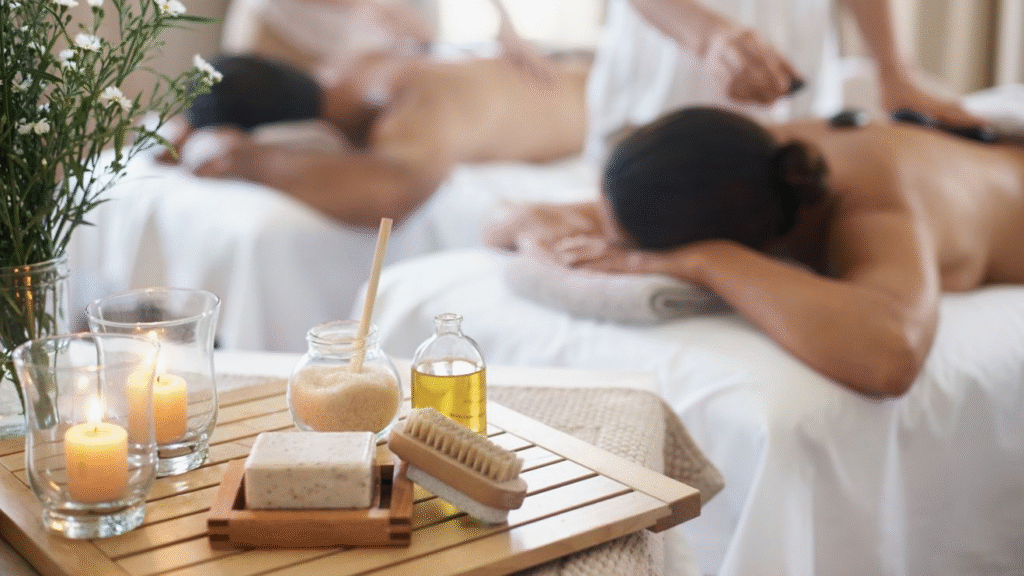
Spa therapies work on multiple physiological levels. The calming environment, gentle touch, and sensory experience all trigger the parasympathetic nervous system—the body’s natural “rest and digest” mode. When this system is activated, cortisol levels drop, blood pressure lowers, and heart rate stabilizes.
This biological shift allows the body to start repairing itself. It encourages hormonal balance and helps regulate the circadian rhythm.
Key benefits include:
- Cortisol reduction: Deep relaxation and massage techniques help the adrenal glands rest, stabilizing stress hormones.
- Melatonin activation: Warm baths, aromatherapy, and sound therapy improve sleep quality, boosting natural melatonin levels.
- Oxytocin release: Human touch during massage fosters emotional connection and calmness.
- Serotonin and dopamine boost: Relaxing spa settings increase “happy hormones,” improving mood and motivation.
This hormonal balance is crucial for long-term recovery from burnout, fatigue, and emotional instability.
Burnout Spa Recovery: Rebuilding Energy and Calm
A burnout spa recovery program is not just a few massages—it’s a holistic reset. Spas specializing in burnout recovery often combine therapies that restore both the body and mind. Treatments are tailored to address fatigue, tension, and emotional exhaustion while replenishing vitality.
Common elements of burnout recovery programs include:
- Aromatherapy massages with essential oils like lavender, chamomile, and sandalwood, known for their calming and hormone-regulating effects.
- Hydrotherapy pools that use warm water to relax muscles and improve circulation.
- Guided breathing and mindfulness sessions to restore inner peace and reduce anxiety.
- Sleep-enhancing rituals that incorporate herbal teas, light therapy, and sound relaxation.
These practices help rebalance the body’s natural rhythm, reduce cortisol levels, and support hormone balance massage effects.
Hormone Balance Massage: The Power of Touch
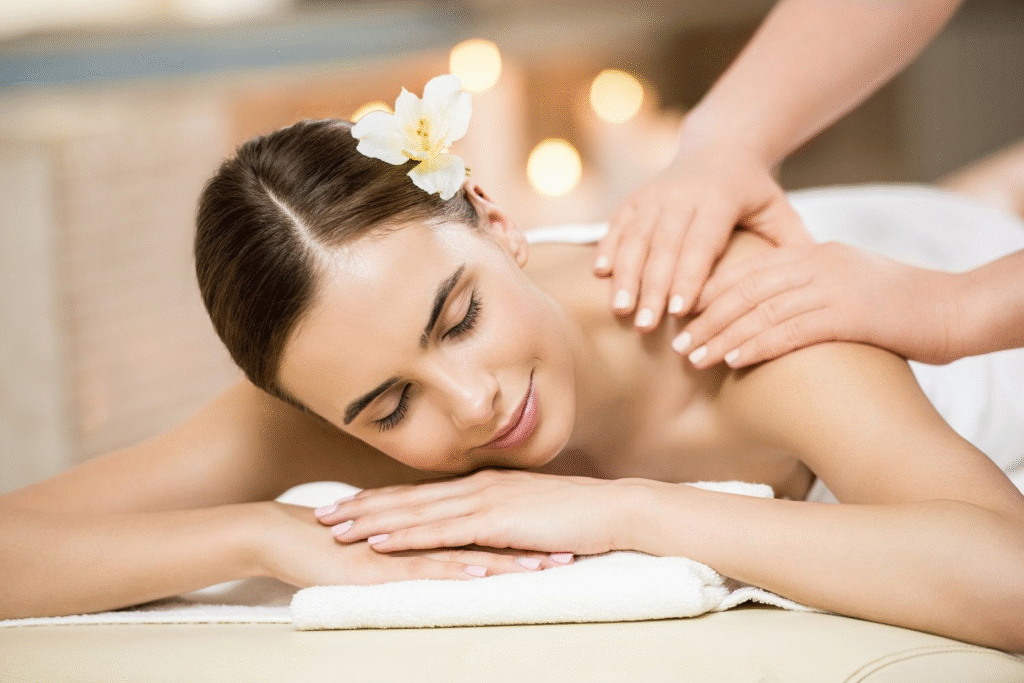
Touch is one of the oldest healing tools in human history. A hormone balance massage focuses on stimulating lymphatic flow, reducing tension, and improving circulation—all vital for hormonal regulation.
Different massage styles play distinct roles in hormonal health:
- Swedish massage: Known for gentle, rhythmic strokes that calm the nervous system and release endorphins.
- Reflexology: Stimulates pressure points connected to the endocrine glands, helping regulate hormones like estrogen, progesterone, and cortisol.
- Aromatherapy massage: Uses essential oils such as clary sage, geranium, and ylang-ylang, which are believed to influence hormonal balance.
- Hot stone massage: Combines warmth with deep relaxation, releasing muscle tension and grounding the body’s energy.
Regular massages can significantly lower anxiety, stabilize mood swings, and improve sleep—all of which are critical in restoring hormonal balance.
Spa Stress Therapy: Reconnecting Body and Mind
A spa stress therapy session goes beyond the physical—it’s an emotional experience. The environment plays a major role in triggering healing responses. Elements such as dimmed lighting, tranquil music, soft textures, and calming aromas work together to create a deep sense of safety and comfort.
This safe space encourages the body to switch from survival mode to recovery mode. It is within this environment that the body’s natural hormone production can normalize.
Key elements of effective spa stress therapy include:
- Sound therapy: Soft tones or nature sounds help regulate brain waves, reducing anxiety and promoting hormonal equilibrium.
- Warm water therapy: Immersion in warm water improves blood flow and relaxes muscles, easing the adrenal load.
- Breathwork and mindfulness: Controlled breathing reduces sympathetic nervous system activity, calming the hormonal stress response.
- Herbal compresses and teas: Ingredients like chamomile, valerian root, and lemon balm enhance relaxation and hormonal stability.
When these elements are combined, the result is not just relaxation but a measurable physiological reset—ideal for anyone recovering from stress-related burnout.
The Role of Environment in Burnout Spa Recovery
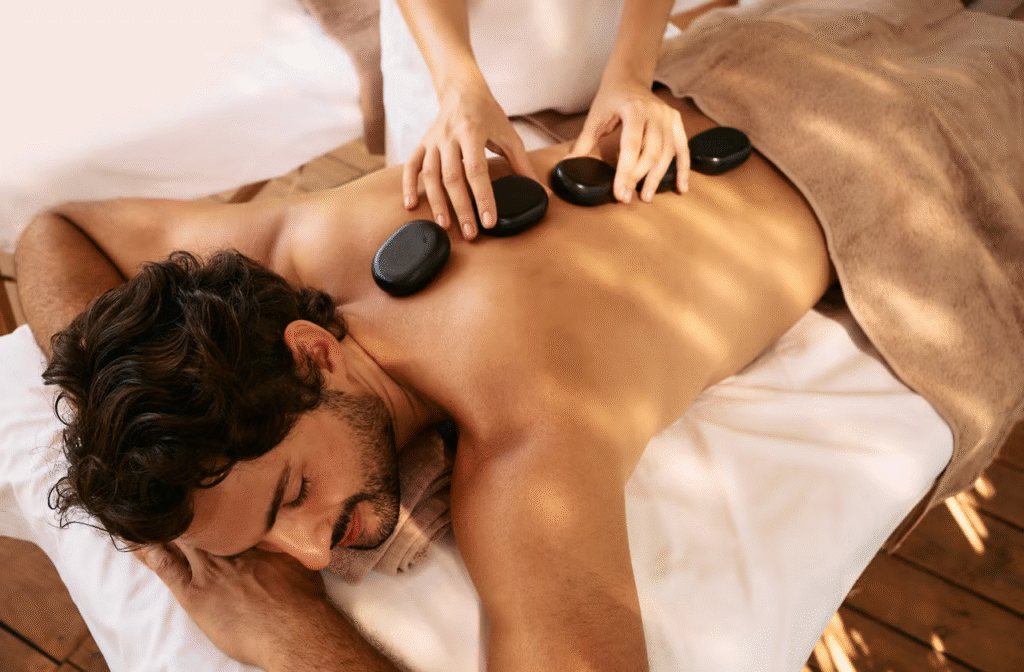
The spa environment itself contributes powerfully to healing. Every sensory detail—light, temperature, scent, and sound—communicates signals to the body and brain.
- Lighting: Soft, warm light promotes melatonin release, helping reset sleep cycles disrupted by stress.
- Temperature: Gentle warmth relaxes muscles and supports the nervous system.
- Natural scents: Essential oils stimulate the limbic system—the brain’s emotional center—reducing stress hormones.
- Textures and touch: Smooth stones, soft towels, and warm oils enhance sensory pleasure and comfort.
- Silence: Moments of quiet allow the mind to rest, reducing mental overstimulation.
A well-designed therapeutic spa environment acts as a natural medicine for burnout. It helps clients feel grounded, safe, and connected, allowing hormonal systems to recalibrate naturally.
Integrating Nutrition and Detox in Spa Stress Therapy
Hormonal balance also depends on diet and detoxification. Many burnout spa recovery programs include light, nutrient-rich meals and detox drinks to support adrenal and thyroid health.
A balanced spa menu may include:
- Herbal infusions that calm the nervous system.
- Fresh fruits and vegetables high in antioxidants.
- Omega-3-rich foods to stabilize mood and brain function.
- Magnesium and B-vitamin sources to support energy metabolism.
Detox treatments like body wraps or infrared saunas further assist by reducing inflammation and improving circulation—helping hormones function efficiently.
Mindfulness and Emotional Healing

Hormonal imbalance isn’t only physical—it’s emotional. Spa treatments designed for burnout spa recovery often integrate mindfulness and meditation techniques.
Meditation, when practiced regularly, lowers cortisol and increases serotonin. Guided visualization and gentle yoga promote body awareness and emotional balance. Combining these practices with spa therapies leads to a full mind-body restoration.
Many guests report improved emotional stability, deeper sleep, and renewed motivation after a few days of immersive spa care. This holistic healing process addresses the root cause of burnout rather than just its symptoms.
Long-Term Benefits of Spa Therapy for Hormonal Health
The benefits of spa therapy extend far beyond a single session. Regular exposure to spa stress therapy and hormone balance massage has been shown to:
- Improve mood and reduce anxiety.
- Stabilize menstrual and thyroid-related imbalances.
- Enhance sleep quality through melatonin regulation.
- Boost immune function and energy levels.
- Support emotional resilience against future stress.
These cumulative effects create a long-lasting sense of balance. Spa therapies help individuals reconnect with their natural rhythm, preventing future burnout episodes.
Designing Your Personal Spa Routine for Hormone Balance

Even outside a professional spa, you can integrate hormone-balancing rituals into your daily life. Try creating a home spa routine that mimics professional treatments:
- Warm bath rituals: Add Epsom salt, lavender oil, or rose petals to calm the nervous system.
- Self-massage with essential oils: Focus on the neck, shoulders, and lower back—areas where stress accumulates.
- Evening relaxation time: Dim lights, listen to soft music, and disconnect from screens an hour before bed.
- Aromatherapy diffusion: Use scents like bergamot or clary sage to stabilize mood and reduce cortisol.
- Mindful breathing: Practice deep breathing exercises for 10 minutes daily to activate relaxation hormones.
These small steps enhance the effects of professional burnout spa recovery and support long-term hormonal harmony.
The Connection Between Spa, Hormones, and Happiness
At its essence, a spa experience represents a return to balance. It aligns the body’s systems, calms the mind, and nurtures emotional health. When hormones are balanced, everything else follows—sleep, energy, focus, and mood.
The combination of hormone balance massage, spa stress therapy, and mindful relaxation provides the perfect antidote to modern life. It is not just self-care; it’s self-healing.
A visit to the spa becomes a journey of reconnection—with the body’s natural rhythms, with emotional needs, and with the quiet inner peace often lost to the noise of daily life.
Conclusion: Spa Healing for the Modern World
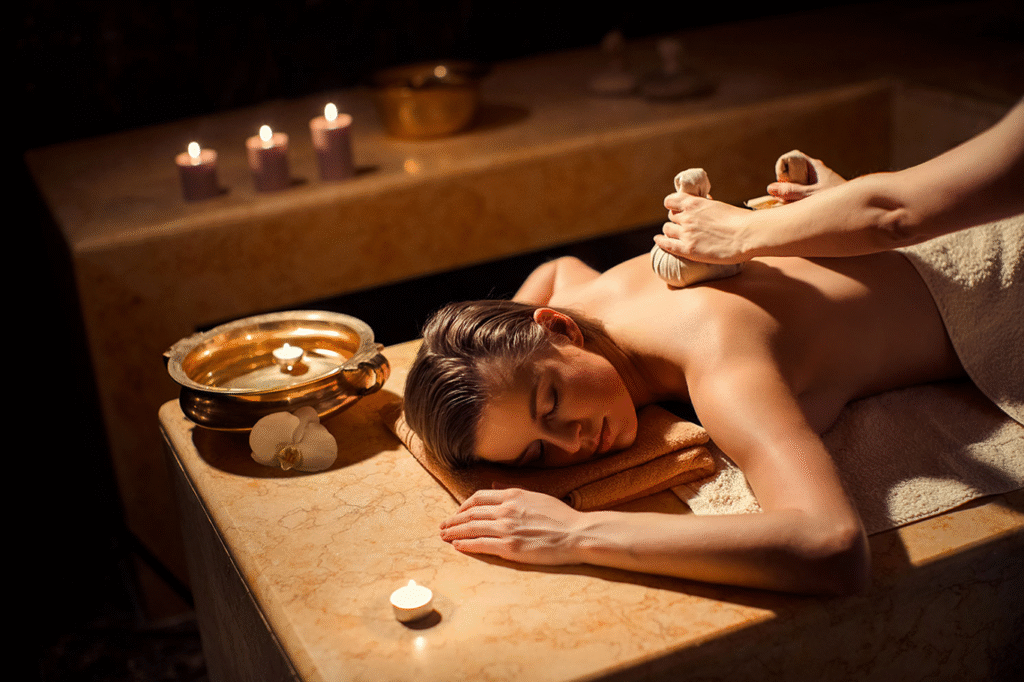
In a society that glorifies constant productivity, burnout has become a silent epidemic. The solution, however, lies not in working harder but in healing deeper.
Through burnout spa recovery, hormone balance massage, and spa stress therapy, individuals can reclaim balance on a biological and emotional level. The combination of touch, warmth, scent, and stillness reawakens the body’s natural ability to heal itself.
Spa therapy is no longer a luxury—it’s a necessity for those seeking hormonal harmony and true inner peace. By restoring equilibrium, reducing stress, and fostering emotional resilience, the spa becomes a sanctuary where the mind can rest, the body can repair, and the spirit can renew.
When you next visit a spa, remember: it’s not just about pampering—it’s about rebuilding balance, recharging your energy, and restoring harmony between your hormones, your body, and your soul.



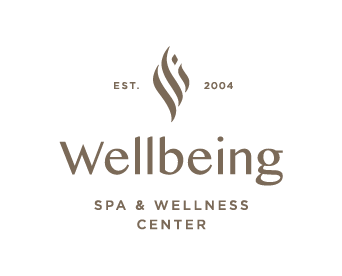
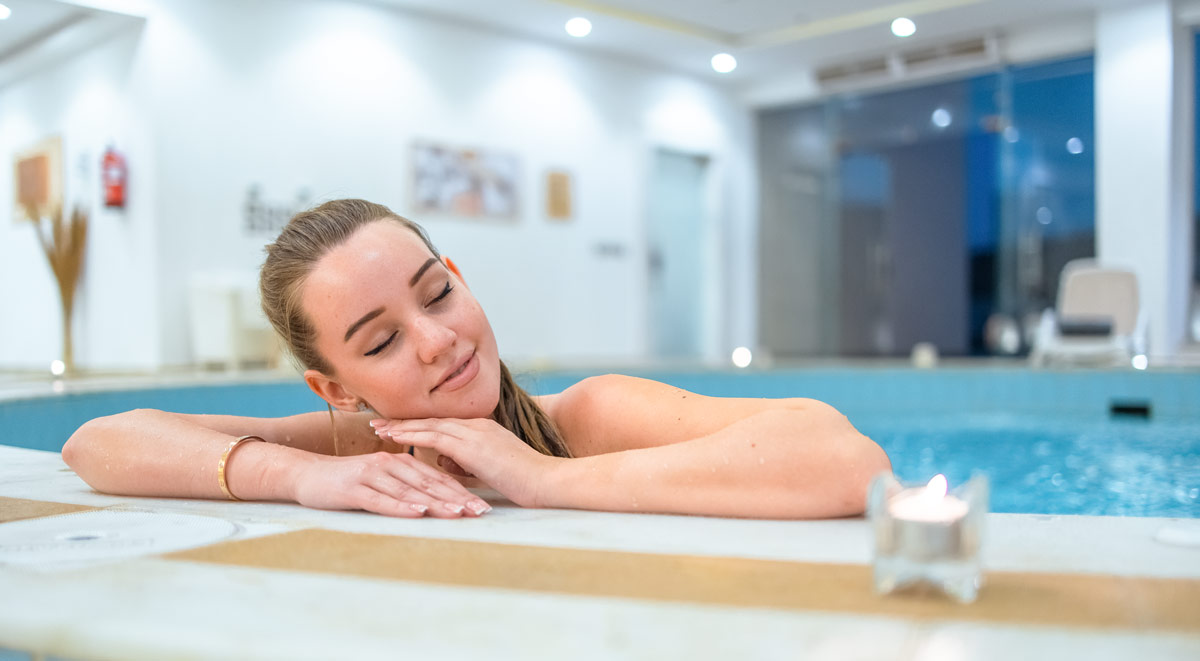
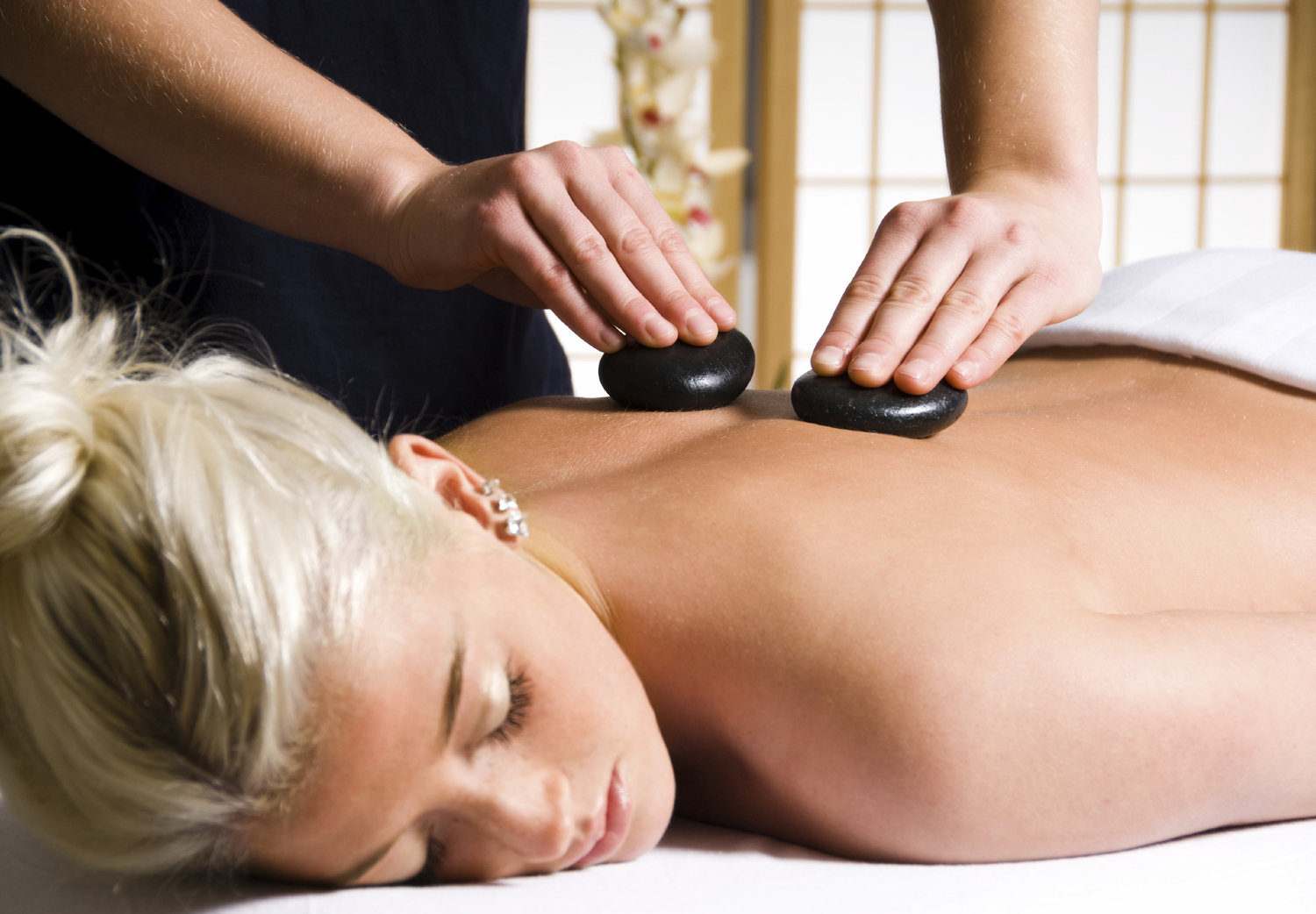
Leave a Reply